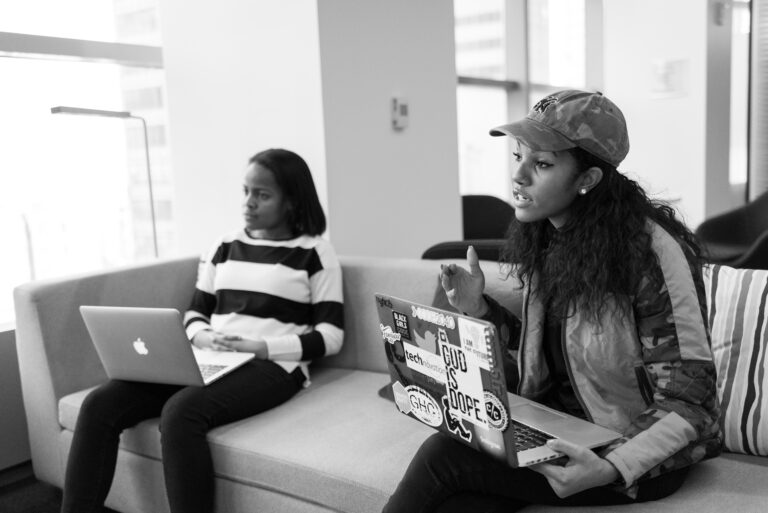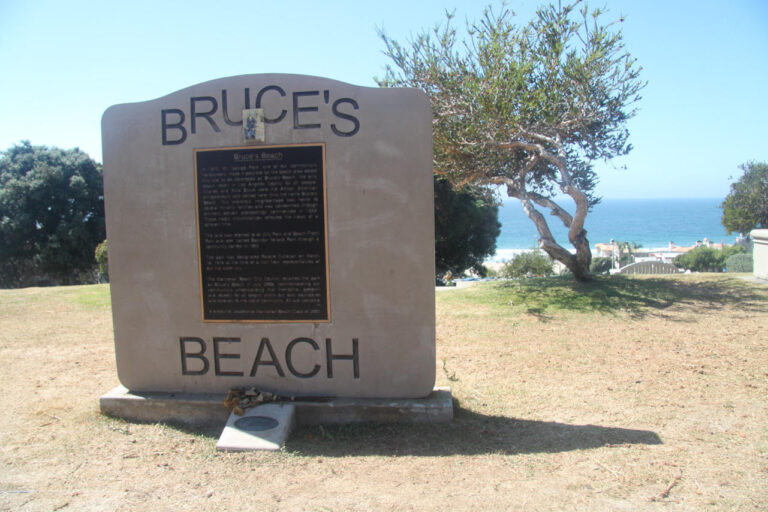By SAMY MAGDY, Associated Press
CAIRO (AP) — Global donors on Monday pledged about $1.2 billion at a conference aimed at generating funds to help millions of people in Yemen suffering from the fallout of an eight-year civil war, a U.N. official said. The amount is far below a target of $4.3 billion set by the United Nations to stave off one of the world’s worst humanitarian crises.
More than 21 million people in Yemen, or two-thirds of the country’s population, need help and protection, according to the U.N. Office for the Coordination of Humanitarian Affairs, or OCHA, which says the humanitarian needs in Yemen are “shocking.” Among those in need, more than 17 million are considered particularly vulnerable.
“The people of Yemen deserve our support. But more than that, they deserve a credible path out of perpetual conflict and a chance to rebuild their communities and country,” said U.N. Secretary-General Antonio Guterres, addressing the donors.
The UN Humanitarian Affairs and Emergency Relief Coordinator Martin Griffiths said they received 31 pledges at Monday’s conference, totaling about $1.2 billion. He said the U.N. hopes to collect more funds throughout the year to help cover its needs.
At least one charity working in Yemen slammed the shortfall in global pledges, despite appeals from humanitarian officials.
“The international community today showed it has abandoned Yemen at this crucial crossroads,” said Erin Hutchinson, the Norwegian Refugee Council’s Yemen Country Director. “This is woefully inadequate and gives the signal that some humans are less valuable than others.”
The high-level gathering was co-hosted by Sweden, Switzerland, and the U.N. in the organization’s Palais des Nations in Geneva. It was attended by officials from across the world including the U.S. Secretary of State Antony Blinken and Germany’s Foreign Minister Annalena Baerbock.
Baerbock was the first to announce a pledge, saying her country will provide 120 million euros ($127 million) to Yemen’s 2023 humanitarian response.
In his speech to the conference, Blinken called on donors to step up their contributions to meet the humanitarian demands in Yemen, pointing to last year’s funding shortages that forced U.N. agencies to scale down operations including food rations for thousands of families. He said the U.S. will provide more than $444 million in humanitarian assistance to Yemen in 2023.
“The scale of the challenge we face is daunting. But I urge everyone to keep our focus on the people we seek to help,” he told the conference.
Blinken also called for an end to restrictions on humanitarian workers and operations, especially in Houthi-controlled areas where the rebels restrict the movements of female aid workers by forcing them to be accompanied by male guardians.
The $4.3 billion appeal for 2023 is almost double the $2.2 billion that the U.N. received in 2022 to fund its humanitarian program in Yemen. The U.N. had sought $4.27 billion for 2022.
The conference came the global economy remains rattled by the yearlong Russian invasion of Ukraine. Inflation rates have surged over the past year across the world, forcing many governments to focus on elevating the needs of their own people.
Yemen’s conflict started in 2014, when the Iran-backed rebel Houthis seized the capital, Sanaa, and much of the country’s north. A Saudi-led, U.S.-backed coalition intervened months later, in early 2015, to try and dislodge the rebels and restore the internationally recognized government to power.
The conflict has in recent years become a regional proxy war that has killed more than 150,000 people, including over 14,500 civilians. The war has also created a horrendous humanitarian crisis, leaving millions suffering from food and medical care shortages and pushing the country to the brink of famine.
The conference is taking place as the warring sides continue to observe an informal and fragile cease-fire. Efforts are underway to declare a new truce after the parties failed to renew a U.N.-brokered truce in October.
“We have a real opportunity this year to change Yemen’s trajectory and move towards peace, by renewing and expanding the truce,” Guterres, the U.N. chief, said.
The truce, which took effect in April, brought some relief for Yemenis, especially in Houthi-held areas. It enabled commercial traffic to resume at Sanaa’s airport and the sea port of Hodeida.
However, partly because of the territorial division — with roughly half of Yemen under Houthi control and the other half under government control — the country is haunted by an economic crisis. There is dual system of currency, dual exchange rates, restrictions on imports and double taxation on goods, according to the U.N. Panel of Experts investigating Yemen’s conflict. Annual inflation reached 45%, and food prices surged 58%, according to the panel’s report.
There have also been Houthi attacks on oil facilities in government-held areas, resulting in the disruption of oil export, which is a major source of funds for the government.
The war has decimated the country’s civilian infrastructure including its health care system. Hospitals and medical facilities have repeatedly been attacked.
“Yemen requires urgent and robust support from international donors and other partners to effectively avert the potential collapse of its health system,” said Adham Ismail, the World Health Organization’s representative in Yemen.
He said $392 million was needed for WHO-led operations in 2023 to ensure health facilities remain functioning and provide “even the most basic services to the 12.9 million most vulnerable people.”
Climate change has added to the suffering. Yemen, located at the southwestern corner of the Arabian Peninsula, is “at the forefront” of a global climate crisis, as natural disasters, including floods and arid weather, threaten lives, the U.N. has said.


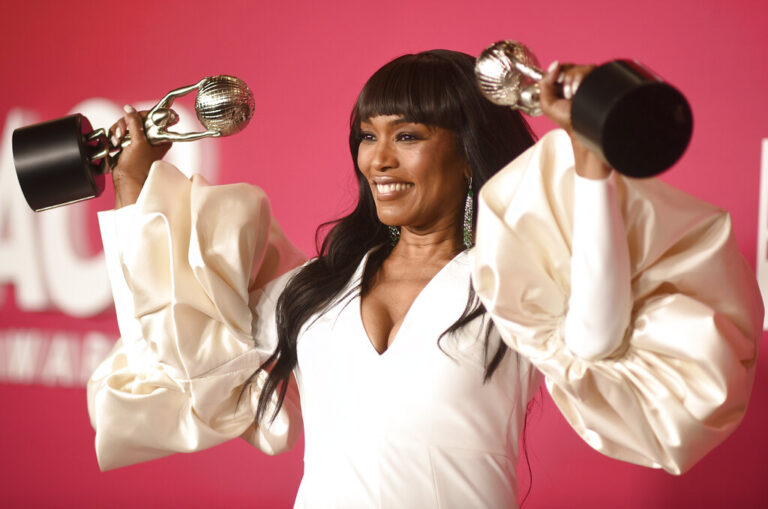
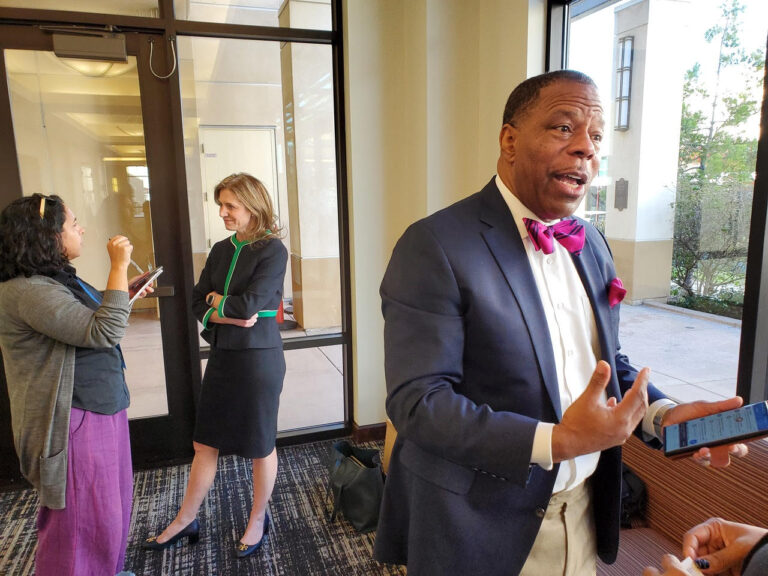

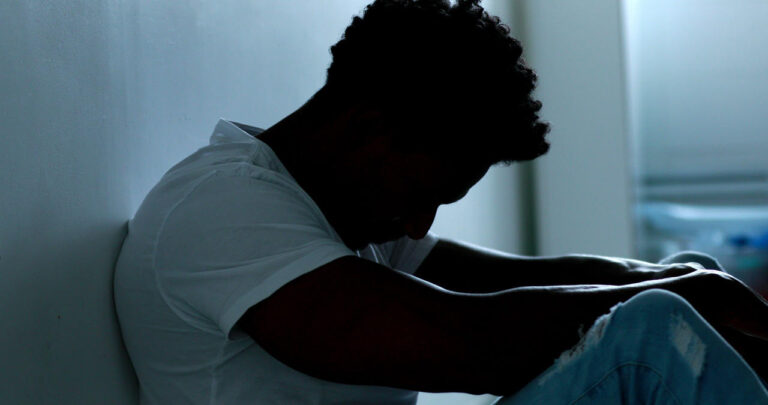
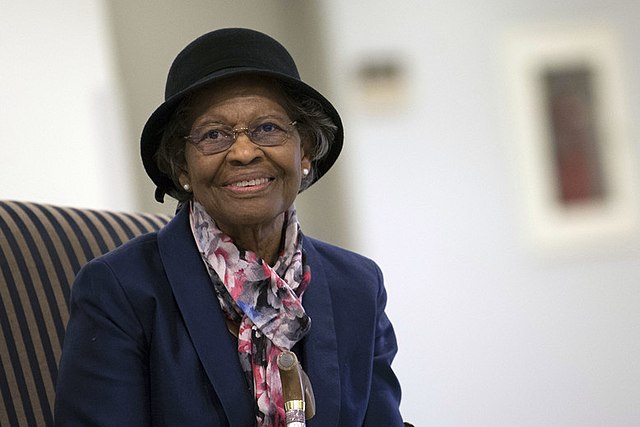
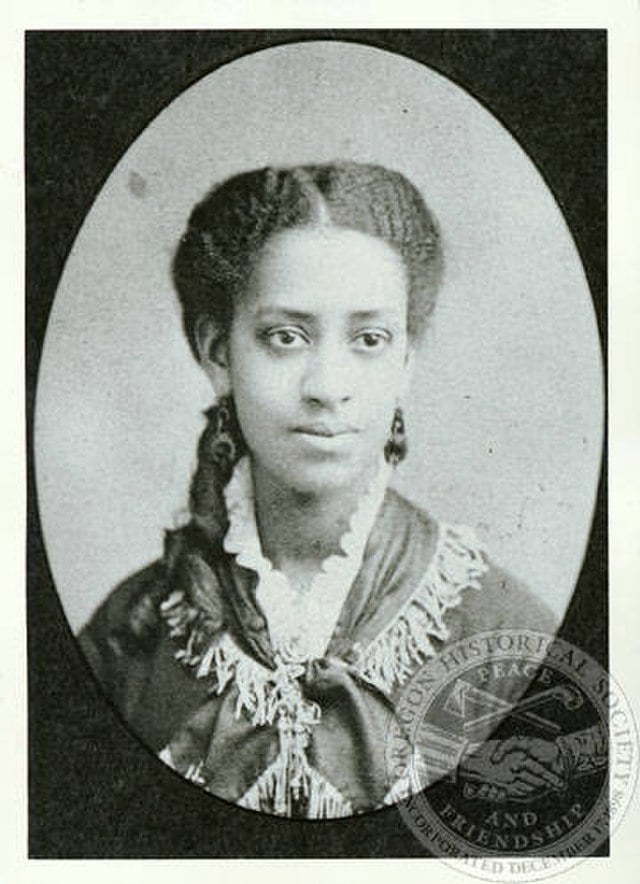

 Alice Coachman (Photo by the Alabama Sports Hall of Fame)
Alice Coachman (Photo by the Alabama Sports Hall of Fame) Baroness Valerie Ann Amos (Photo by the University College of Oxford)
Baroness Valerie Ann Amos (Photo by the University College of Oxford)
 Mark Williams (Photo Courtesy of Twitter/Mark Williams)
Mark Williams (Photo Courtesy of Twitter/Mark Williams) Robert McFerrin Sr. (Photo by the African American Registry)
Robert McFerrin Sr. (Photo by the African American Registry)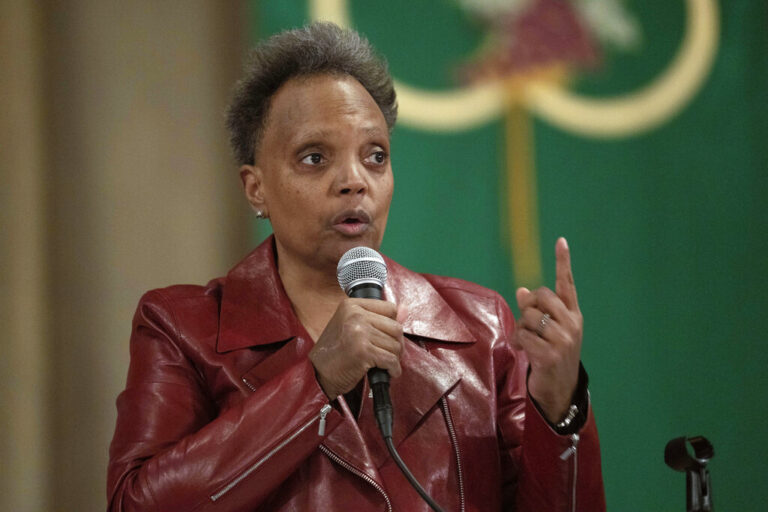


 Black publishers in the U.S. and abroad. The platform derives its name from the historic Hayti District in Durham, N.C. There, Black businesses and Black wealth flourished during the early 1900s. Founder Cary Wheelous designed the app to support Black news and media organizations and prevent them from collapse. When users click on a news article, they are taken directly to the news site, allowing publishers to generate more advertising dollars.
Black publishers in the U.S. and abroad. The platform derives its name from the historic Hayti District in Durham, N.C. There, Black businesses and Black wealth flourished during the early 1900s. Founder Cary Wheelous designed the app to support Black news and media organizations and prevent them from collapse. When users click on a news article, they are taken directly to the news site, allowing publishers to generate more advertising dollars. Official Black Wall Street hails as the largest platform for Black-owned businesses. Not only does the app allow you to shop by product, but it provides a list of Black-owned brick-and-mortar stores and restaurants in your city, as well as Black-owned e-commerce enterprises. Official Black Wall Street can also connect you to professional services with Black experts.
Official Black Wall Street hails as the largest platform for Black-owned businesses. Not only does the app allow you to shop by product, but it provides a list of Black-owned brick-and-mortar stores and restaurants in your city, as well as Black-owned e-commerce enterprises. Official Black Wall Street can also connect you to professional services with Black experts. businesses around the U.S., including retailers, wineries, brands and distributors. The register was created out of a collaboration between Monique Bell, the author of “Terror Noir: Study of Black Wine Entrepreneurs,” and Angela McCrae, founder of Uncorked and Cultured.
businesses around the U.S., including retailers, wineries, brands and distributors. The register was created out of a collaboration between Monique Bell, the author of “Terror Noir: Study of Black Wine Entrepreneurs,” and Angela McCrae, founder of Uncorked and Cultured. Husband and wife duo Anthony and Janique Edwards founded this platform for foodies in 2016. EatOkra has a directory of more than 9,000 Black-owned restaurants, eateries and food trucks across the country. Okra is included in the title of the app because it was the first plant brought over from West Africa during the slave trade. Since its creation, EatOkra has served nearly 350,000 people. This Black History Month the platform is partnering with Pepsi for the #DigInShowLove campaign. Customers can visit Black-owned restaurants through the end of February; take a photo of their meal; post it on Instagram or Twitter; tag @PepsiDigIn and the restaurant’s handle; and use #DigInShowLove and #Sweepstakes for a chance to win $5000 in cash while earning the restaurant a $5000 donation.
Husband and wife duo Anthony and Janique Edwards founded this platform for foodies in 2016. EatOkra has a directory of more than 9,000 Black-owned restaurants, eateries and food trucks across the country. Okra is included in the title of the app because it was the first plant brought over from West Africa during the slave trade. Since its creation, EatOkra has served nearly 350,000 people. This Black History Month the platform is partnering with Pepsi for the #DigInShowLove campaign. Customers can visit Black-owned restaurants through the end of February; take a photo of their meal; post it on Instagram or Twitter; tag @PepsiDigIn and the restaurant’s handle; and use #DigInShowLove and #Sweepstakes for a chance to win $5000 in cash while earning the restaurant a $5000 donation. entrepreneurs and uplift Black-owned businesses. The platform leverages technology to streamline communication between business owners and consumers. I Am Black Business has a directory of more than 5,000 Black businesses The platform also has a “Projects” section that allows users to shop from dedicated business segments, like black-owned liquor brands and black-owned cigar brands.
entrepreneurs and uplift Black-owned businesses. The platform leverages technology to streamline communication between business owners and consumers. I Am Black Business has a directory of more than 5,000 Black businesses The platform also has a “Projects” section that allows users to shop from dedicated business segments, like black-owned liquor brands and black-owned cigar brands.


